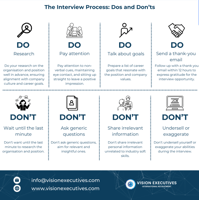𝐒𝐭𝐞𝐦 𝐂𝐞𝐥𝐥 𝐓𝐫𝐚𝐧𝐬𝐩𝐥𝐚𝐧𝐭 𝐒𝐡𝐨𝐰𝐬 𝐏𝐫𝐨𝐦𝐢𝐬𝐞 𝐢𝐧 𝐑𝐞𝐬𝐭𝐨𝐫𝐢𝐧𝐠...
𝐇𝐨𝐰 𝐂𝐨𝐮𝐥𝐝 𝐍𝐞𝐰 𝐓𝐚𝐫𝐢𝐟𝐟𝐬 𝐈𝐦𝐩𝐚𝐜𝐭 𝐭𝐡𝐞 𝐎𝐩𝐭𝐢𝐜𝐚𝐥 𝐈𝐧𝐝𝐮𝐬𝐭𝐫𝐲?
🤔 The recent escalation in U.S. tariffs on imports from China, Canada, and Mexico is poised to significantly impact the optical industry. As of March 4, 2025, the U.S. has implemented a 25% tariff on imports from Canada and Mexico, and increased tariffs on Chinese goods to 20%, in addition to existing Section 301 tariffs from 2018.
👓 These measures are expected to raise costs for eyewear manufacturers, particularly those relying on materials and products from these countries. The Vision Council has analysed 2023 import data, indicating that additional U.S. tariffs on Chinese imports could lead to increased costs for frames, sunglasses, and other eyewear products. Similarly, tariffs on Mexican imports are anticipated to significantly affect lens import costs.
💲 In response, companies may need to explore alternative sourcing strategies and evaluate cost-saving measures to remain competitive in this evolving trade environment. The Vision Council is actively engaging with policymakers and trade officials on behalf of the industry to help mitigate negative impacts and advocate for tariff relief.
🕶 Consumers should be prepared for potential price increases in eyewear products as manufacturers and retailers adjust to these new economic pressures. The full extent of the impact will depend on how companies navigate these challenges and whether further trade negotiations lead to tariff reductions or eliminations.


